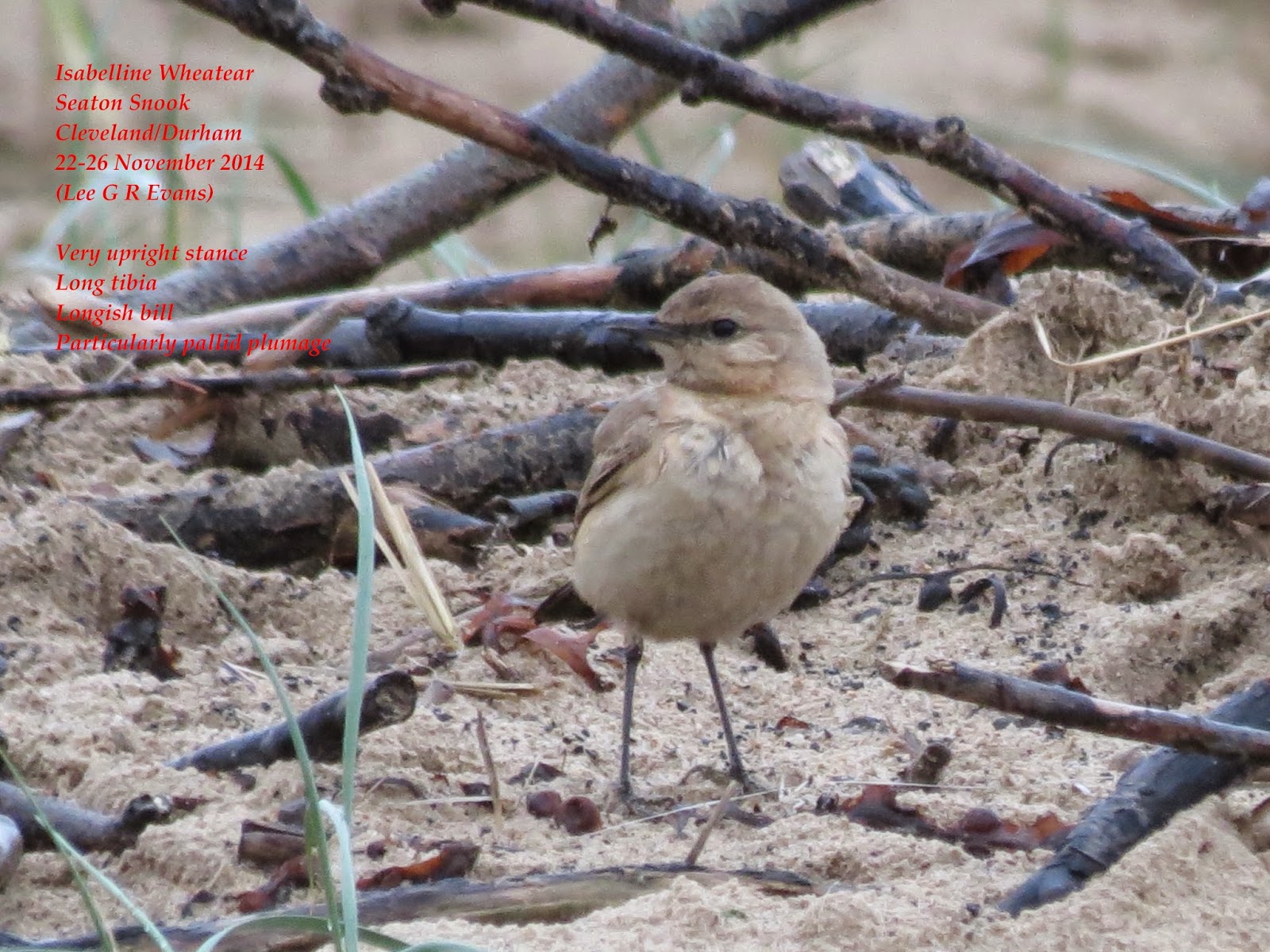This pair of TRUMPETER SWANS were discovered at Boyton Marshes in Suffolk yesterday (13 December 2014) and were still present today keeping to the edge of a 70-strong herd of Mute Swans. Both birds were unringed, with one showing traces of orange iron ore on its head - a feature often associated with recently-arrived Whooper Swans from Iceland. They have also arrived following a particularly deep Atlantic low from North America and Canada that crossed the northern isles of Scotland.
These two birds follow a number of records of this species in Britain, most notably the following -:
1) An adult was at Keyhaven Marshes (Hampshire) on 25 February 2001 before moving to the nearby Test Valley at Horsebridge on 19 April. It then relocated to Stocksbridge Water Meadows, where it remained until 27 April.
2) A pair visited Bowling Green Marsh RSPB, Topsham (South Devon) on 15-18 February and 3-10 March 2005. A single adult then moved to Apex Pit, Highbridge (Somerset) from 31 March 2005 to 19 February 2006, with a further adult present in Somerset from 21 January 2006 until the present day.
In Northamptonshire, about a dozen escaped from a private wildfowl collection at Apethorpe Hall in late 1989, the birds although pinioned travelling down the River Nene to Willow Brook. They were seen at Yarwell in March 1990 and at Tansor GP, where 2-3 adults remained until 21 April 1999. They bred in 1997, successfully rearing a single cygnet - thus far, the only such breeding of this species in the UK. Tansor GP then became a private fishery with all monthly WeBS counts ceasing (many thanks to Bob Bullock and Mike Alibone for this information).
At least 27 others have been recorded but generally as escapes from neighbouring collections, several of them private. At one time, they were passing hands at £2,500 per pair but more recently, prices have dropped and as little as £450 can now secure a pair.
According to the US Fish and Wildlife Service, the Trumpeter Swan's historic breeding range extended in a wide band from the Bering Sea east through almost all of Canada and south to Missouri, Illinois and Indiana. However, hunting pressures and habitat loss early in the 20th Century pushed the dwindling population almost to the brink of extinction. With the arrival of European people to the United States, Trumpeter Swan feathers, quills, down and skins were quickly commodified, being used for everything from the manufacturing of pens to powder puffs and bedding. By 1932, the US population outside of Alaska was estimated to number just 69 birds.
Today, the central Alaskan population numbers some 15,000 birds and winters from southeastern Alaska along coastal British Columbia south to the mouth of the Columbia River on the southern border of Washington State. Although migratory, this population is relatively short-distant in movement. Away from Alaska, Trumpeter Swans are found in mixed migratory/non-migratory populations across the Great Basin region of Alberta, Washington, Oregon, Nevada, Wyoming, South Dakota and Minnesota (known as the Interior population) while a further 2,000 or more reside in Canada. A most recent population survey suggested 1,469 individuals in the Interior in September 1997.
Over the last decade, various reintroduction programmes have been initiated along the East Coast, centred primarily around the Great Lakes region. As many as 800 birds are now established in the southern part of Ontario but their movements are largely sedentary or short-distance.
The 2010 Census
A comprehensive count took place in the summer of 2010 resulting with the Central, Mississippi and Atlantic Flyways achieving respective totals of 9,809 and 9,236 individuals, increases of up to 111% on 2005 figures. Of the 9,809 birds counted, 7,154 were adult and 2,655 sub-adult.
The Trumpeter Swan restoration programme in Ontario http://www.bconnex.net/~smorel/trumpet/trumpeter1999.html
Ohio's Trumpeter Swan Restoration Project - first year's summary
http://www.taiga.net/swans/publications/16th_conf/16th_conf_toc.html








































































